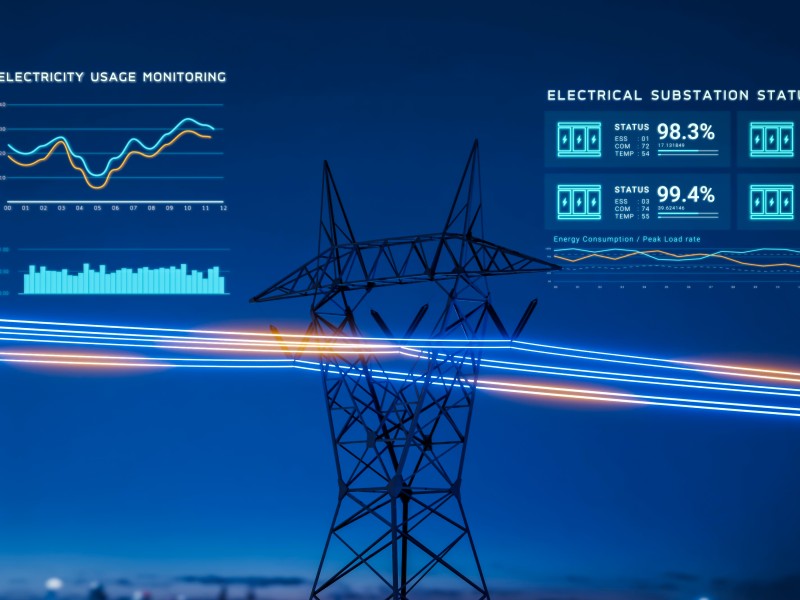Blog - Operational Technologies
Digital Energy: Unlock the Power of Visualization in Electrical Networks

A metering and measurement strategy in your operation goes beyond just setting up basic meters at your utility incomers to check bills against your utility supply. When developing your metering strategy for your electrical infrastructure, consider the types of data you need from individual measurement points. These are typically defined by the level within your electrical distribution system and the type and size of the loads measured.
Visualizing your electrical network enhances uptime and reliability through proactive management and improved fault detection. Having both historical data and real-time monitoring of your electrical infrastructure unlocks opportunities for better decision-making with data readily available.
Capacity Planning Considerations
For capacity planning, here are some key inputs to consider when making informed decisions:
- Current Demand and Load Profile: What data do I have available to best understand what we’re already consuming and what the patterns look like.
- Future Growth Scenarios: What is the expected growth, and what scenarios do I need to cater for?
- Network Topology and Redundancy: How will an expansion affect the network topology, and what redundancy do I need to provide for?
- Equipment Assessment: Is my existing equipment sufficient, or will I require upgrades?
- Load Balancing and Efficiency: Are there energy efficiency measures that could release spare capacity within the network?
- Technology advancement: Am I considering incorporating additional energy sources (e.g. renewables)?
- Cost-Benefit Analysis: I need to determine the benefits of different cost alternatives.
A simple example of cost-effective capacity planning that I came across recently involved a customer adding an additional motor load below a transformer after correcting the Power Factor (PF) and freeing up capacity. This decision was made possible by the availability of measurement data to understand historical consumption patterns and run scenarios on the impact of the new PF correction and load addition.
Contact This email address is being protected from spambots. You need JavaScript enabled to view it. to discuss a fit-for-purpose visualization solution for your operation.

